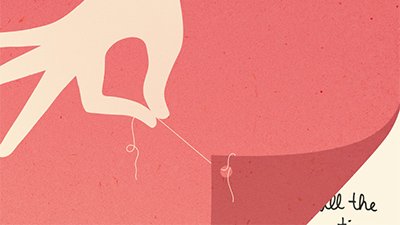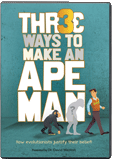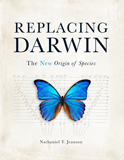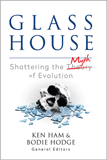Rapid Human Evolution?
Evolutionists at Flinders University in Australia report that a growing number of babies are born without their wisdom teeth (third molars) and claim this shows that humans are evolving at their fastest rate for 250 years. One could conclude that at this rate of evolutionary organ loss, humans might soon disappear entirely. If this seems like evolution going in the wrong direction, they do claim to report the “evolution” of a “new” artery and bone.
“Evolution” of the Median Artery
The evolutionists cited the persistence of the median artery in the forearm of some adult humans as evidence of visible evolution, but what are the facts? The median artery is temporarily found in the early human embryo where it supplies blood to the developing hand but usually degenerates long before birth. In the adult, blood is supplied to our hand by the radial and the ulnar arteries running in our forearm. During the embryonic stage of our development, a third artery called the median artery (a branch from the ulnar artery) also supplies our hand. The median artery usually regresses in the second month of fetal development but may persist after birth in about 8% of humans, where it is found in the forearm between the radial and ulnar arteries. The lack of the median artery is not known to result in any ill effects. In any event, the failure of the median artery to degenerate in a small percentage of humans tells us nothing about the evolution of the median artery.
“Evolution” of the Fabella Bone
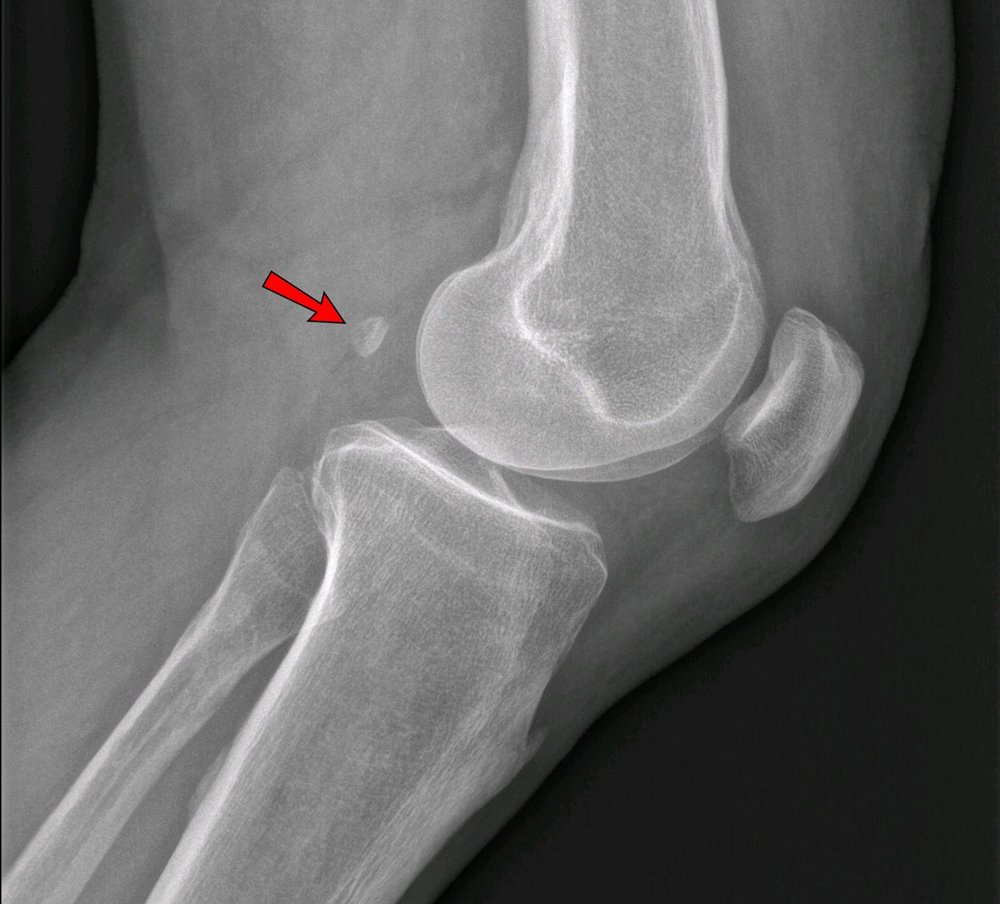
Image by Jmarchn, via Wikimedia Commons.
The evolutionists cite the fabella as an example of the evolution of a bone in the human body. The fabella is a small sesamoid bone embedded in the tendon that runs from the lateral head of the gastrocnemius muscle to the lateral condyle of the femur, located in the bend of the leg behind the knee. Unlike most bones in our body, sesamoid bones develop from tendons rather than from cartilage precursors and are free-floating (no joints). The largest and most familiar sesamoid bone is the patella (kneecap bone), while most others are tiny, whence the name “sesamoid” derived from “sesame seed.” Sesamoid bones provide surface for tendons to slide on and act like pulleys to change the direction of a force over a joint with minimal friction. Some sesamoid bones are normally present while others develop in response to strain, or as a normal variant. The fabella is a variant present in 39% of humans, but with considerable regional variation. Its variable appearance in humans tells us nothing about its presumed evolution.
Human Variability
Anyone who has been involved in the dissection of numerous human cadavers is well aware that no two human bodies are identical. Blood vessels in particular (and especially veins) can be highly variable from individual to individual. For example, usually the human kidney has one short renal artery attached to the abdominal aorta, but there can be several such arteries attached along the length of the abdominal aorta. The kidney itself may be located in its normal position just under the ribs on each side of the vertebral column, or it can on occasion be located down in the pelvis on either one or both sides. This tells us something about embryology but nothing about evolution.
In case you didn’t catch it, a recurring theme here is “tells us nothing,” which in and of itself is quite telling when the headlines themselves say quite the opposite.
Footnotes
- C. Pierre-Jerome, R.D. Smitson, R.K. Shah, et al., MRI of the median nerve and median artery in the carpal tunnel: prevalence of their anatomical variations and clinical significance. Surg Radiol Anat 32, 315–322 (2010). Figure 4 https://doi.org/10.1007/s00276-009-0600-1.
Recommended Resources

Answers in Genesis is an apologetics ministry, dedicated to helping Christians defend their faith and proclaim the good news of Jesus Christ.
- Customer Service 800.778.3390
- © 2024 Answers in Genesis



